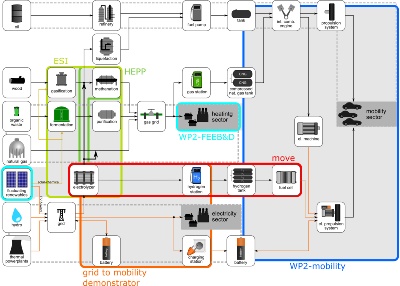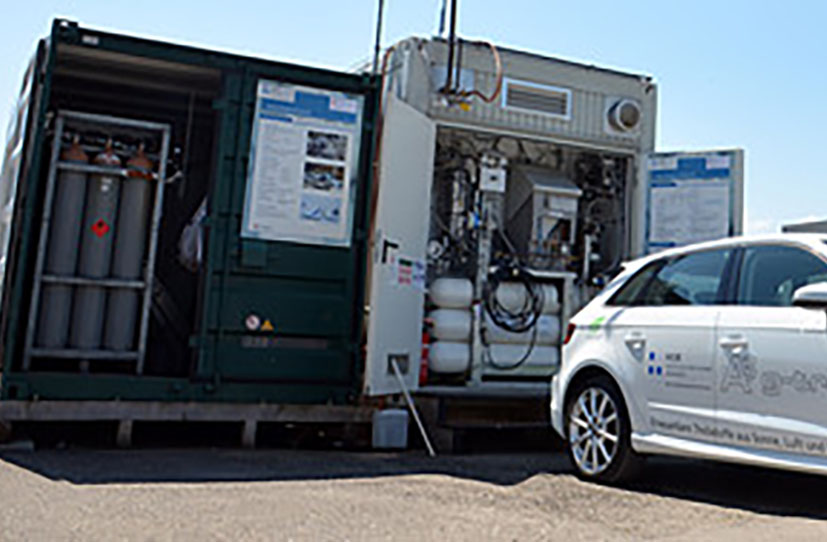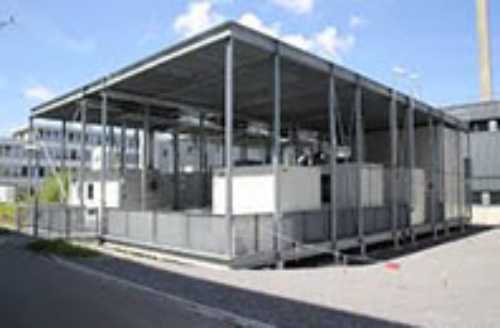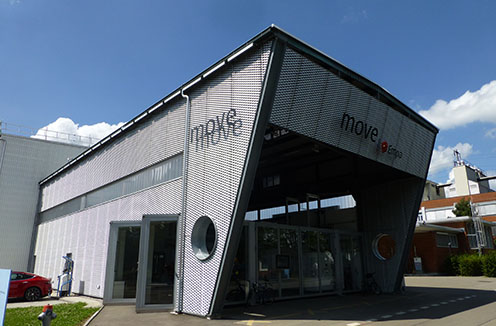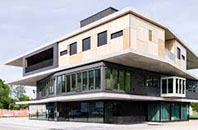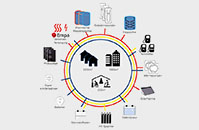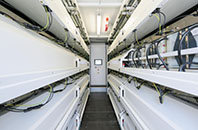CEDA Coherent Energy Demonstrator Assessment
Researchers within the SCCER network are studying various new technologies and devices to store, convert and transmit energy at established demonstrator sites. In all cases, the ultimate goal is to integrate these devices into future energy systems so that surplus electricity from fluctuating renewable energy sources can be used optimally. Currently, it is still challenging to compare studied technologies, as each facility uses a different approach, level of detail and different parameters.
CEDA System (image as a pdf-document)
The SCCER Joint Activity Coherent Energy Demonstrator Assessment (CEDA) aims to coordinate and harmonize this demonstrator research and serve as a collaboration and communication platform. CEDA will deal with both the supply and the demand side of tested energy devices (storage, conversion and transmission). Tackling the supply side will entail establishing a common set of operational and performance indicators including economic aspects (capital and operational costs), nominal (best efficiency) operation points, all other operation states and the transition speed between operation points. This will allow for comparing devices and produced data. On the demand side, CEDA will gather realistic energy usage profiles of vehicles and buildings to generate demand data for entire representative fleets and cities.
The CEDA database will then be used to assess and validate the application of new energy devices in energy systems (in externally funded case studies). Additionally, it will be an instrument to estimate demonstrator-to-plant upscaling parameters. Ultimately, this effort will support the Swiss Energy Strategy 2050 and promote the optimal design of decentralized energy systems, geared towards using renewable energy sources and thus transitioning towards a more sustainable energy system.
High Efficiency Power-to-Gas Pilot (HEPP)
Hochschule Rapperswil HSR, SCCER HaE
HEPP is the first power-to-methane demonstrator plant in Switzerland. Water is split to hydrogen and oxy-gen via electrolysis (using surplus electricity). Subsequently, hydrogen and carbon dioxide (contained in air) react to form methane. The overall aim is to generate the necessary expertise to build a 1 MW power plant.
ESI Platform
Paul Scherrer Institut PSI, SCCER HaE & BIOSWEET
This platform is unique as various energy storage and conversion devices are installed in sequence (instead of isolated). This integrated approach allows both positive and negative balancing power, power-to-gas applications as well as the production of renewable and biomass-based fuels.
Move
Empa, SCCER Mobility
Move investigates different energy conversion and storage processes and assesses their suitability for fueling different sectors of mobility without fossil energy. Demonstrated mechanisms include the production of hydrogen and synthetic methane as well as energy storage in network batteries.
NEST
Empa, SCCER FEEB&D
NEST is a research facility to study, test and validate new building technologies and materials. It consists of up to 15 so-called innovation units, which can replicate residential, office or recreational building facilities. This helps investigating how innovations in the building sector can be integrated into future energy systems.
Energy Hub Demonstrator (Ehub)
Empa, SCCER FEEB&D
Ehub is an energy research and technology transfer platform. Linked to NEST and move, it allows analyzing energy flows in the mobility, housing and service sectors. It serves to test new energy concepts under real-world conditions and explore the potential for increasing their efficiency.
Grid to Mobility Demonstrator
EPFL, SCCER HaE
This demonstrator is a combined hydrogen and electricity service station powering a fuel cell-plugin hybrid and a fuel cell passenger vehicle. The facility is used to study how the energy demand of these vehicles can be optimized by switching between the grid, local and renewable energy sources and a battery system.
Dr. Gil Georges, Head of Energy Systems Group
Aerothermochemistry and Combustion Systems Laboratory, LAV
ETH Zürich
![]() +41 44 632 06 85
+41 44 632 06 85 ![]() georges@lav.mavt.ethz.ch
georges@lav.mavt.ethz.ch
Empa
Christian Bach
Automotive Powertrain Laboratory, APTL
christian.bach@empa.ch
Empa
Dr. Andrew Bollinger
Urban Energy Systems Laboratory, UESL
andrew.bollinger@empa.ch
Empa
Philipp Heer
Energy Systems Impact, esys
philipp.heer@empa.ch
EPFL
Prof. Dr. Hubert Girault
Laboratory of Physical and Analytical Electrochemistry, LEPA
hubert.girault@epfl.ch
ETH Zürich
Dr. Kristina Orehounig
Chair of Building Physics, BP
kristina.orehounig@mavt.ethz.ch
ETH Zürich
Dr. Gil Georges
Aerothermochemistry and Combustion Systems Laboratory, LAV
georges@lav.mavt.ethz.ch
HSR
Prof. Dr. Markus Friedl
Institut für Energietechnik, IET
markus.friedl@hsr.ch
Paul Scherrer Institut PSI
Dr. Peter Jansohn, Laboratory Head
Laboratory for Thermal Processes and Combustion, LTV
peter.jansohn@psi.ch
Paul Scherrer Institut PSI
Dr. Tilman Schildhauer
Laboratory for Thermal Processes and Combustion, LTV
tilman.schildhauer@psi.ch
ZHAW
Dr. Judith Krautwald
Fachstelle Umweltbiotechnologie ![]() judith.krautwald@zhaw.ch
judith.krautwald@zhaw.ch
!!! This document is stored in the ETH Web archive and is no longer maintained !!!
